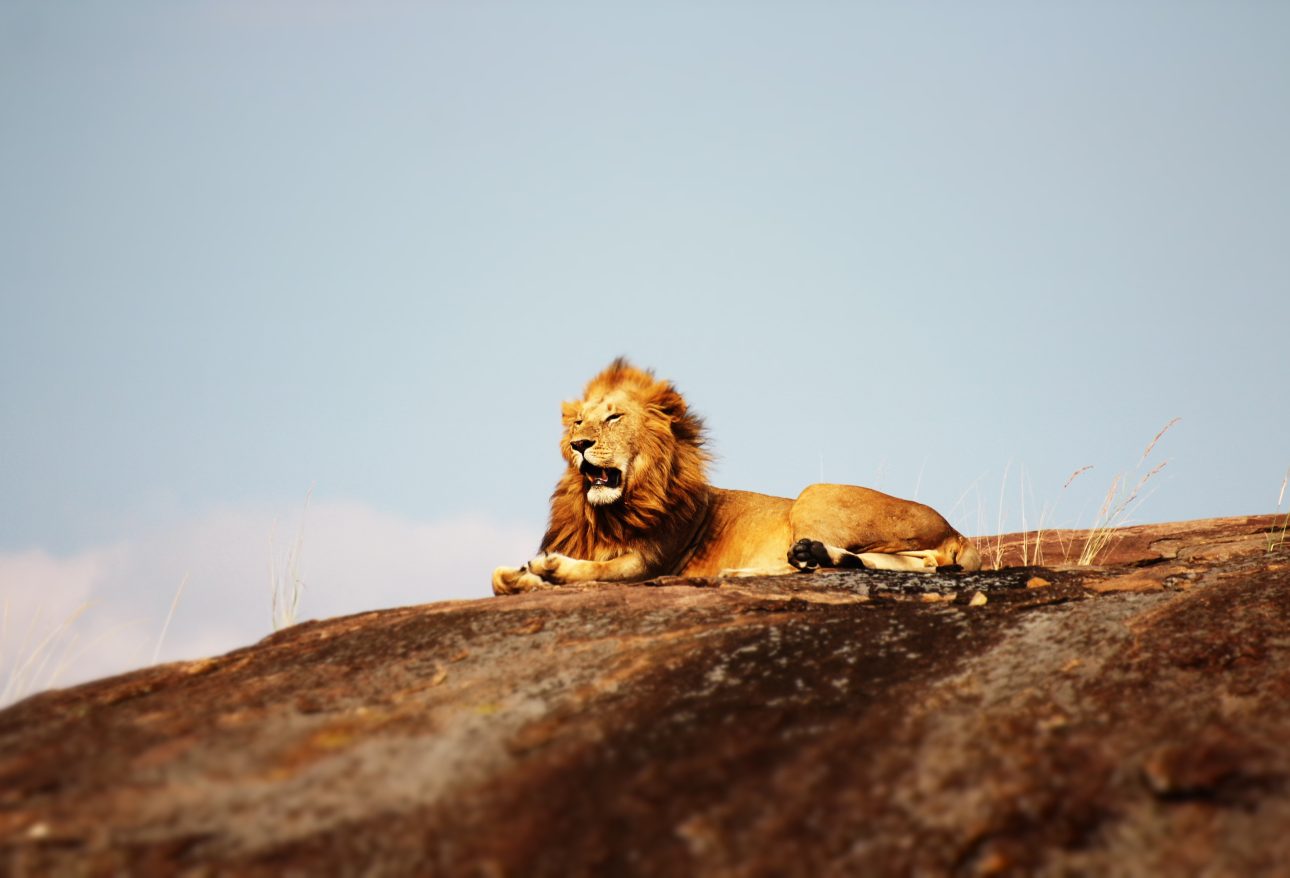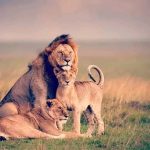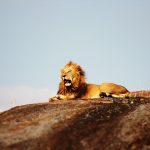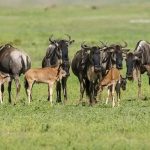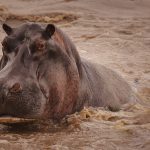The Great Migration
The Serengeti is famous for the annual migration of over 1.5 million wildebeest, along with zebras and gazelles, as they traverse the plains in search of fresh grazing. This natural spectacle involves river crossings teeming with crocodiles and is often described as one of the “Seven Natural Wonders of Africa.”
Big Five and More
Serengeti offers exceptional opportunities to spot the Big Five (lion, leopard, elephant, buffalo, and rhinoceros). It is also home to cheetahs, hyenas, giraffes, hippos, and a plethora of bird species.
Diverse Landscapes
The park’s terrain includes endless savannahs, acacia woodlands, rocky outcrops (kopjes), and riverine forests, providing breathtaking backdrops and varied habitats for wildlife.
Balloon SafarisA unique way to experience the Serengeti is through a hot air balloon safari, which offers panoramic views of the vast plains and wildlife.
Cultural Experiences
Nearby, you can visit Maasai villages to learn about the culture and traditions of the Maasai people, who have coexisted with wildlife for generations.
Why Visit the Serengeti National Park?
The Serengeti is not just a wildlife destination it’s a place where nature’s raw beauty unfolds before your eyes. With endless golden plains, acacia-studded savannahs, and diverse ecosystems, the park provides a sanctuary for countless species of wildlife, including the famed “Big Five” (lion, leopard, elephant, buffalo, and rhinoceros).
The Serengeti has earned its reputation as one of the Seven Natural Wonders of Africa and is a UNESCO World Heritage Site. A visit here offers unmatched opportunities to witness the wild in its most authentic form.
Best Time to Visit:
- Dry Season (June to October): Ideal for game viewing and witnessing the Great Migration in specific areas.
- Wet Season (November to May): Best for birdwatching, lush scenery, and calving season (January to February), which attracts predators.

